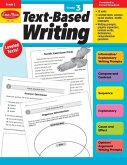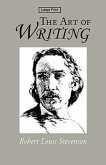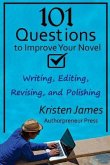Writing is the highest form of thinking, as evidenced by neuroimaging which shows that more neural networks are activated simultaneously during writing than during any other cognitive activity. This book will help teachers understand how the brain learns to write by unveiling 15 stages of thinking that underpin the writing process, along with targeted ways to stimulate them to maximize each individual's writing potential. This one-of-kind resource is constructed on the premise that everyone has the potential to be a great writer. Many people learn to write in school settings according to a product-based structure in which they get feedback or a grade on an outline, draft, or final version of their work; few are coached on the many hours of thinking that go into that writing process. This book celebrates the invisible thinking behind the products, explains the brain's way of making sense of writing assignments even in light of generative AI, and offers new tools to become a better writer and to assess the writing process. By exposing the invisible thinking behind the writing, Writing, Thinking, and the Brain helps both the teacher and the learner identify personal learning trajectories for better outcomes. Book Features: * Spans all literary genres and all age groups and is complementary to any curriculum. * Builds on the firm foundation of writing practices of the past with insight from the learning sciences. * Practical and accessible examples and illustrations throughout. * Written in the voice of a supportive, knowledgeable colleague. * Linked directly to Mind, Brain, and Education goals. * Leverages Universal Design for Learning (UDL) principles. * Offers teacher activities at all 15 stages of thinking with guidelines to support student learning.








